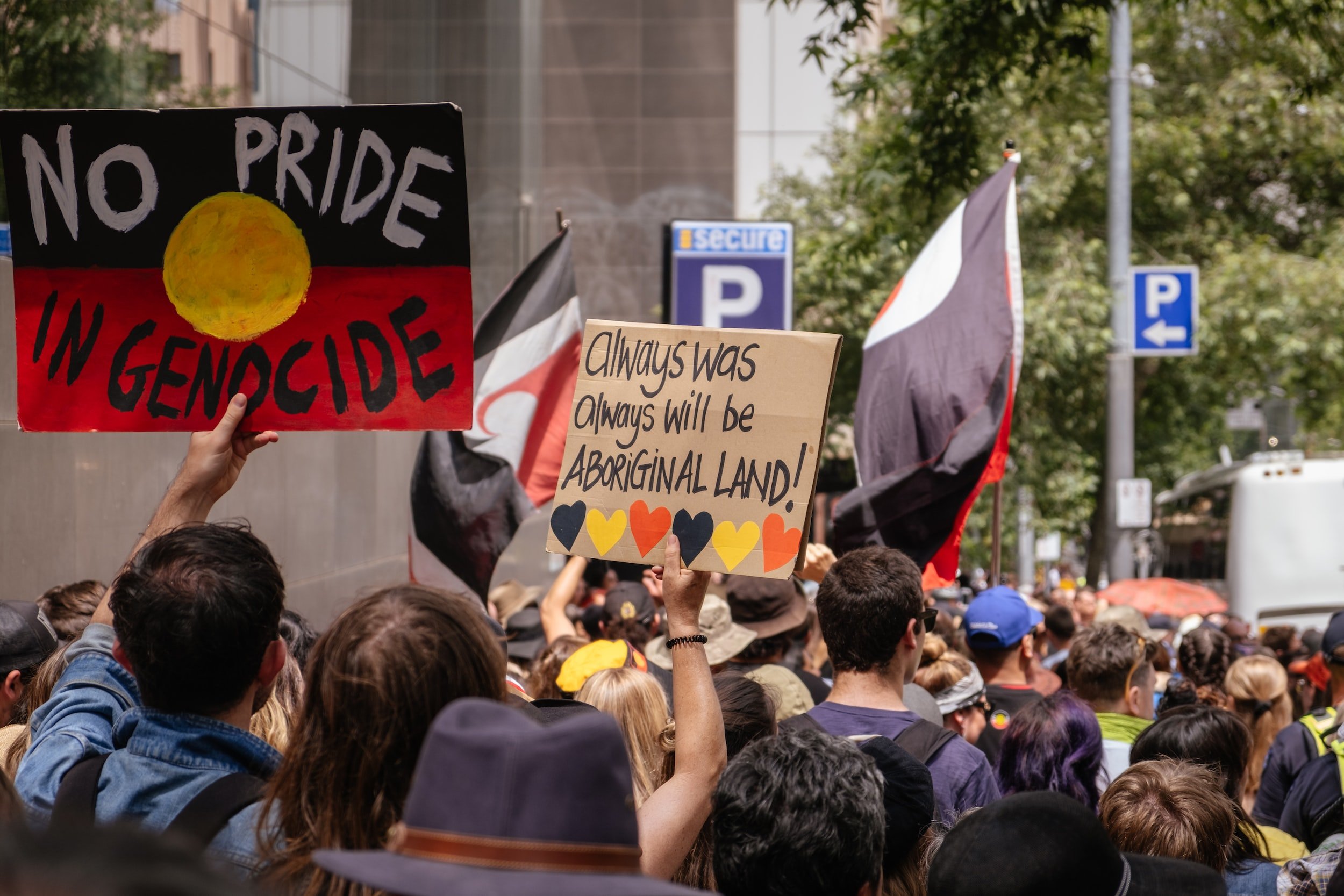Rare, Ancient Axe Handle Tree Used By Aboriginal Peoples is a Relative of Cannabis
Photographer Unknown
Aphananthe is a small genus of five species, one of which was discovered by the legendary French botanist Jules Émile Planchon (1823-1888), a man who named countless growing vines, twigs, and trees. He studied pharmacy and medicine in Montpellier and returned to this university as a professor of botany in 1853. Before this, he taught and worked at the Royal Botanic Gardens, better known as Kew Gardens, located in the London Borough of Richmond upon Thames. Cannabis, a member of the family Cannabaceae, has been featured at Kew Gardens. "How to eat to save the world," an article by their staff featuring the health benefits of hemp seeds, was just published on the Kew Website in July.
One hundred seventy-five years ago, Planchon was busy in the garden. In 1848, Planchon doled out a few names to plants that were listed within the Annales des Sciences Naturelles. One of them is the Axe Handle Wood, or Aphananthe-Philippinensis. This fascinating and infrequent plant species is a cannabis family member belonging to Cannabaceae. It remains somewhat hidden within a very hard-to-find genus of plants, Aphananthe. The Axe Handle has had other nicknames, including Wild Holly, Rough Leafed Elm, Greyhandle Elm, and Native Elm, all of which can be found in Eastern Australia, the Solomon Islands, and Southern Papua New Guinea.
Photo Courtesy of Tyler Lastovich
The Axe Handle is basically a rainforest tree in Australia; it can be found in places near the Manning River in New South Wales to near Herberton in tropical Queensland. Although some researchers have described it growing as a thicket or bush, this tree can grow well over 100 feet tall. The tree's trunk is fluted and very irregular in shape with bumpy brown bark that has a patchy appearance. Leaves alternate on the stem and are hard, dry to the touch, and sandpapery tough, but can be easily broken. The tree has male and female flowers with fruit that's an egg-shaped black drupe; it's very small, containing a single seed that matures from February to June.
Although most recent research data are on preserved specimens, there's also scattered historical data on this food plant in regard to the larval stages of the Common Aeroplane Butterfly. The timber has been used for thousands of years to make tool handles, polo heads, cobbler's lasts, and baseball bats. Even more interesting, the bark of this plant has properties that have been discovered to fight against certain tumors.
Let's examine the meaning of the plant, Aphananthe-Philippinensis, because word-roots are always important to acknowledge. It originates from the Greek vocabulary, which makes it easy to consider what Planchon may have been thinking when he named it. 'Aphanes' means ‘invisible,’ and 'anthos' means ‘blossom,’ referencing the tree’s insignificant flowers. This all makes sense, as this plant isn't big on fruit-bearing. ‘Philippinensis’ is from the Latin "ensis," indicating origin or place, and the Philippines, the country, refers to the species being first described as hailing from the island of Luzon, located in the Philippine Islands.
In 2017, a research study on this genus of plants within Cannabaceae, conducted at Germplasm Bank of Wild Species at the Chinese Academy of Sciences, confirmed how old it is. Like many have thought for decades, the family Cannabaceae has roots that go back over 52 million years, proving that certain types of cannabis plants have been around since the days of the caveman. The intensive research study concluded that the plants had been in North America and Western Eurasia before experiencing extinction and reappearing in the Australian area.
Many believe the theory that Aboriginal peoples moved Cannabaceae plant seeds from continent to continent long ago. A 2011 genome analysis of a 90-year-old strand of hair confirmed that Aboriginal peoples were the first to migrate out of Africa to Australia and beyond 70,000 years ago. The research study found that they were in Europe and Asia at least 24,000 years ago. They were also the first to live in Australia, according to the DNA results shared in the research.
Interestingly, the Yanyuwa people of Northern Australia scattered seeds of the cycad palm across their lands, again outlining a spiritual affinity between man and trees. The Yanyuwa assign a particular plant for each tribe (or clan), and such a plant signifies their ancestry and their bond with nature; it becomes their totem. This sacred plant, specific to each clan, is not consumed by the clan. Rather, it is nurtured and allowed to flourish as a species.
In New Zealand, the religious beliefs of the Māori peoples are similar concerning the kinship or ancestry (whakapapa) of man and plants. In the Māori creation tale, a tree existed within the void of the coming cosmos made from the energy of its ripening buds. Ranginui (the Sky Father) and Papatūānuku (the Earth Mother) had an abundance of children, which were the progenitors of almost all things on the earth, including plants, humans, rocks, and the seas.
Photo Courtesy of Johan Mouchet/Unsplash
In 2020, Aboriginal landowners negotiated with the Victorian government to save around a dozen out of 250 "culturally significant" trees from destruction. Among them was the Native Elm. There have been many protests, as Aboriginal peoples say the land is paramount to their identity.
Our beautiful cannabis, long demonized over America's need for greed, is indeed part of a family of million-years-old plants that have intensive histories. The Axe Handle Tree undoubtedly proves that prohibition of cannabis came along with the suppression of information such as this. We believe it’s time for that to change.




